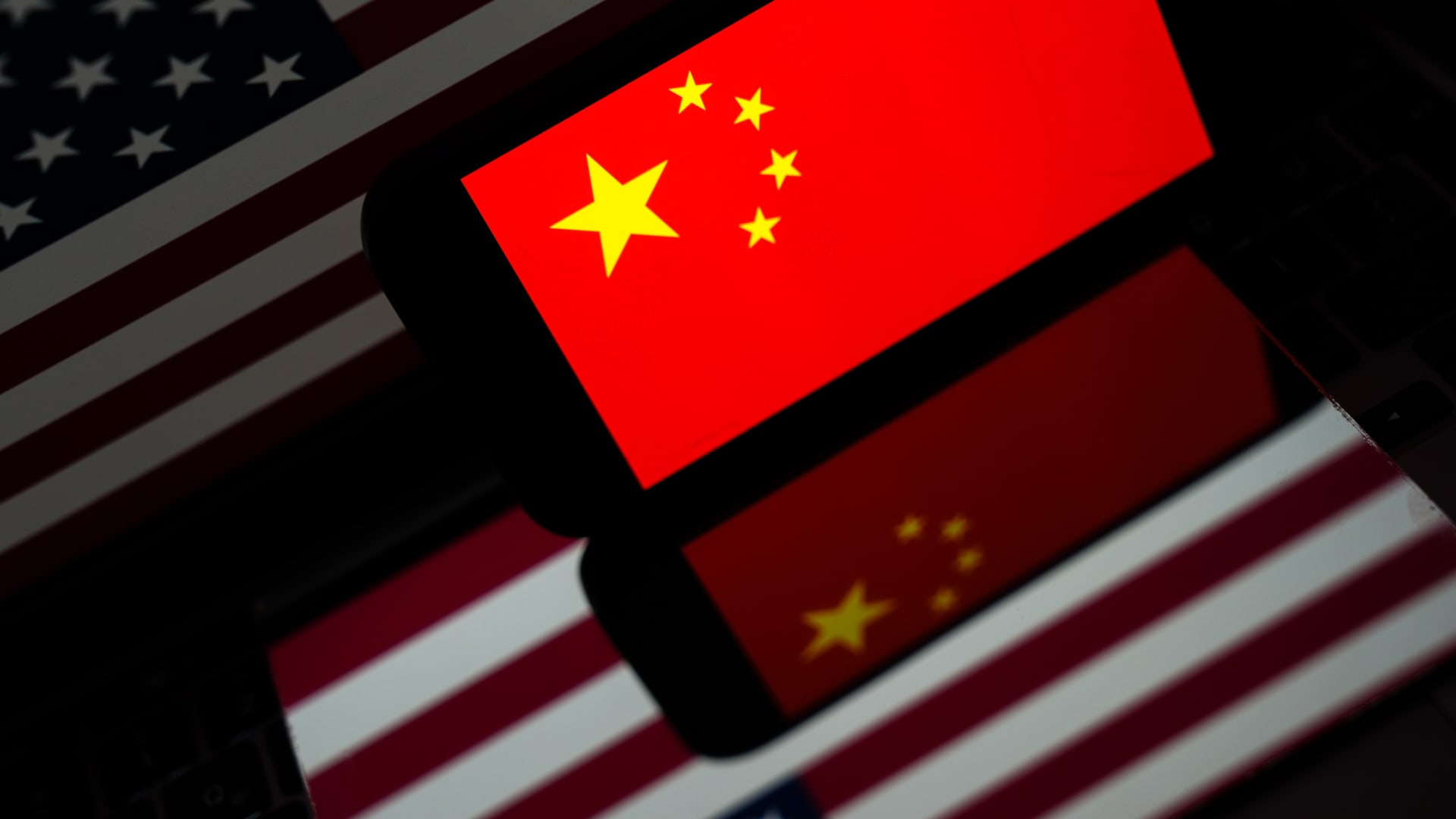China’s Monetary Policy Shift
Introduction
In a bold stride to invigorate its economic engine, China’s central bank, the People’s Bank of China (PBoC), has unveiled a series of monetary policy adjustments. These strategic moves, including reductions in key lending rates and the reserve requirement ratio (RRR), signal a proactive stance in addressing economic challenges. This report explores the motivations, implications, and potential outcomes of these policy shifts, providing a comprehensive analysis of China’s economic strategy.
Policy Announcements
Reserve Requirement Ratio (RRR) Cut
The PBoC has opted to lower the RRR by 50 basis points, a decision that will unleash approximately CNY 1 trillion in new lending capacity for banks. The RRR, which mandates the portion of deposits banks must hold in reserve, plays a pivotal role in determining the liquidity available for lending. By reducing the RRR, the PBoC aims to infuse the financial system with much-needed liquidity, fostering an environment conducive to economic growth.
Interest Rate Cuts
In tandem with the RRR cut, the PBoC has announced reductions in key lending rates. The seven-day reverse repo rate has been trimmed by 20 basis points, while the medium-term lending facility rate has seen a 30 basis points decrease. These adjustments are designed to alleviate the financial burden on businesses and consumers, encouraging increased borrowing and spending.
Motivations Behind the Policy Changes
Economic Stimulus
The overarching goal of these policy changes is to stimulate economic growth. China’s economy has encountered various obstacles, including trade tensions with the United States and a decelerating domestic market. By enhancing liquidity and reducing borrowing costs, the PBoC seeks to ignite investment and consumption, thereby propelling economic activity.
Addressing Trade Tensions
The protracted trade dispute with the United States has exacted a toll on China’s economy. U.S. tariffs have elevated the cost of exports, leading to a slowdown in manufacturing and other sectors. The PBoC’s policy adjustments aim to counteract these adverse effects by creating a more favorable lending environment for businesses, thereby mitigating the impact of trade tensions.
Implications for the Economy
Increased Lending
The RRR cut will empower banks with additional funds for lending, anticipated to boost both corporate and consumer lending. This influx of CNY 1 trillion in lending capacity represents a substantial injection of liquidity into the financial system, poised to stimulate economic activity.
Lower Borrowing Costs
The reduction in key lending rates will render borrowing more affordable for businesses and consumers alike. Lower interest rates diminish the cost of financing new projects and purchases, incentivizing investment and consumption. For consumers, this could translate to lower mortgage rates and more accessible loans for significant purchases like automobiles and homes.
Potential Outcomes
Economic Growth
The synergistic effect of increased lending and reduced borrowing costs is expected to catalyze economic growth. By facilitating easier and more affordable borrowing, the PBoC aims to spur businesses to embark on new ventures and consumers to augment their spending, thereby bolstering overall economic activity.
Market Reaction
The market has responded positively to these policy changes. The CSI300 Index, which monitors the performance of the top 300 stocks on the Shanghai and Shenzhen exchanges, has witnessed notable gains since the announcements. This bullish sentiment reflects investors’ optimism regarding the potential benefits of these policy adjustments.
Conclusion: Paving the Way for Economic Resilience
The PBoC’s decision to cut the RRR and key lending rates is a calculated move to fortify China’s economy amidst significant challenges. By augmenting liquidity and reducing borrowing costs, the central bank is fostering a conducive environment for businesses and consumers to invest and spend. While the full ramifications of these policy changes will unfold over time, the initial market response indicates a favorable outlook. As China navigates the intricacies of the global economic landscape, these monetary policy adjustments are instrumental in ensuring economic resilience and sustained growth. The strategic foresight demonstrated by the PBoC sets a precedent for proactive economic management, positioning China to weather storms and seize opportunities in an ever-evolving global economy.








